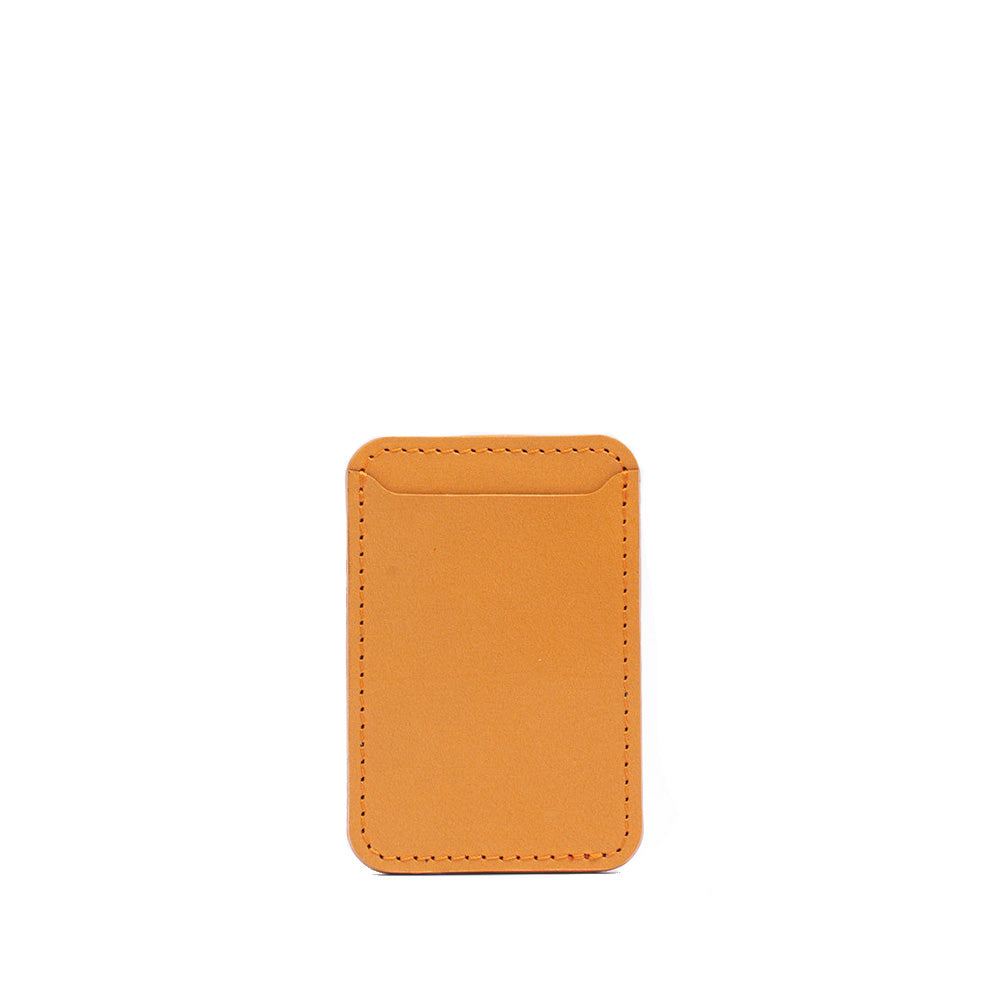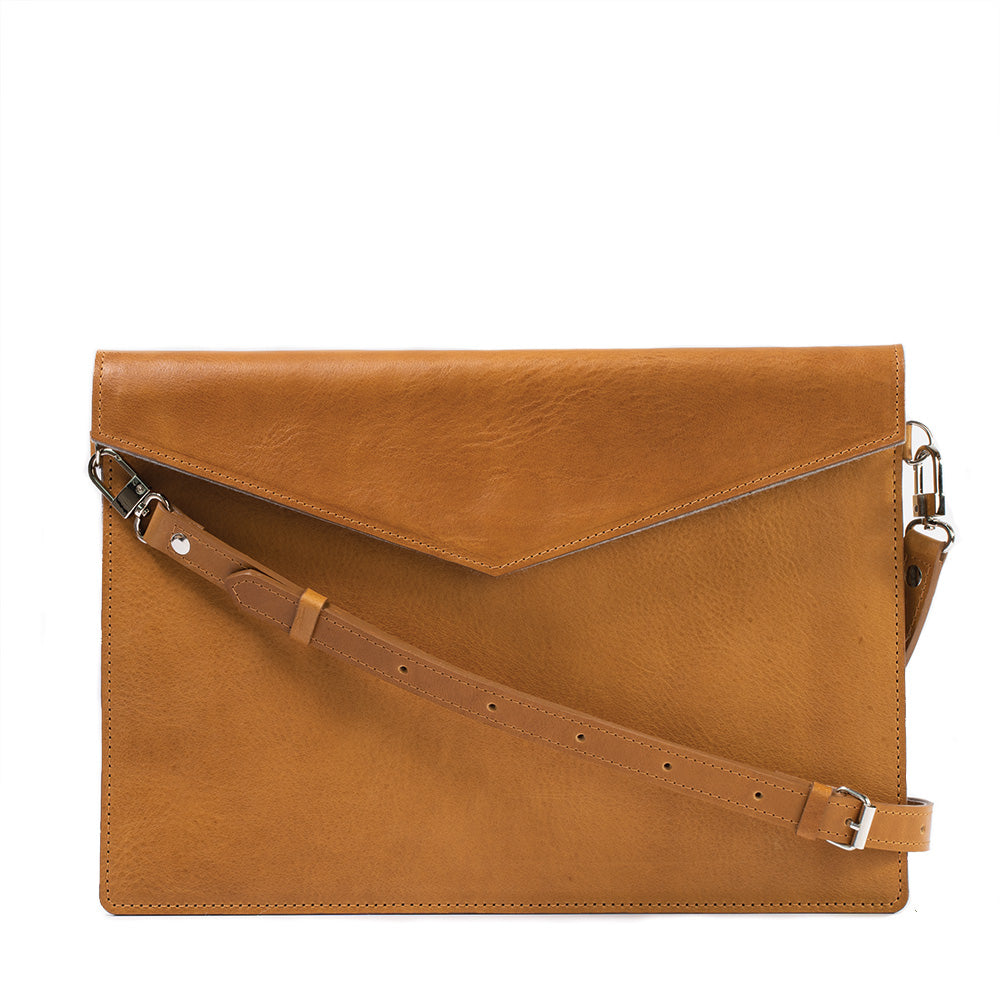Quick links:
Power Zones and Bluetooth Connectivity
Live Activity Sync with iPhone
Utilizing Hiking Features for Cyclists
Promoting Mental Health and Well-being
Advantages and Considerations
The Apple Watch continues to evolve, offering an impressive array of features with each new update. With the release of watchOS 10, Apple has introduced exciting enhancements specifically tailored for cycling and hiking enthusiasts. These additions aim to elevate the overall experience, providing users with valuable tools, insights, and convenience during their outdoor activities.
In watchOS 10, cyclists can expect automatic workout reminders, improved calorimetry for e-biking, fall detection for enhanced safety, and advanced power meter integration. Additionally, hikers and mountain bikers can take advantage of new hiking features, including three-dimensional elevation views, cellular connectivity waypoints, and detailed topographic maps with trail information.
The introduction of these features not only enhances the capabilities of the Apple Watch but also demonstrates Apple's commitment to meeting the diverse needs of its users. Whether you are a casual cyclist, a dedicated bikepacker, or an avid hiker, watchOS 10 aims to provide valuable tools and insights to make your outdoor adventures more enjoyable and rewarding.
Power Zones and Bluetooth Connectivity

One of the standout features introduced in watchOS 10 for cycling is the Power Zones Workout View. This innovative addition provides cyclists with valuable insights into their workout intensity levels. By automatically detecting the power meter connected to your bike, the Apple Watch estimates your Functional Threshold Power (FTP) — the maximum intensity you can sustain for an hour. This estimation enables the creation of Power Zones, which categorize your workout intensity and display it in real-time during your ride.
The Power Zones Workout View offers several benefits for cyclists. Firstly, it allows you to track your time spent in each zone, helping you better understand the distribution of effort throughout your workout. By analyzing this data, you can tailor your training routine, ensuring you're targeting the desired intensity levels to achieve specific goals.
Moreover, the introduction of Bluetooth connectivity to cycling sensors is a long-awaited feature that enhances the overall cycling experience. In previous versions of watchOS, Bluetooth connection to cycling sensors was limited to heart rate straps. However, with watchOS 10, cyclists can now connect their Apple Watch to Bluetooth-enabled accessories such as cadence sensors, speed sensors, and power meters. This connection allows for the seamless integration of these metrics into the Workout View on your Apple Watch.
With Bluetooth connectivity, you can now effortlessly track metrics like cadence, speed, and power directly from your wrist. This eliminates the need for additional cycling computers or sensors and simplifies the data collection process. Whether you're training for a race, monitoring your progress, or simply aiming to improve your performance, having these metrics easily accessible on your Apple Watch provides valuable real-time feedback during your rides.
The combination of the Power Zones Workout View and Bluetooth connectivity to cycling sensors elevates the capabilities of the Apple Watch as a cycling companion. It empowers cyclists of all levels to optimize their workouts, refine their training routines, and gain deeper insights into their performance without the need for expensive and separate cycling-specific devices.
Live Activity Sync with iPhone

In watchOS 10, Apple has introduced seamless syncing of cycling workouts between your Apple Watch and iPhone. This integration offers numerous advantages and simplifies the process of accessing and analyzing your cycling metrics.
When you start a cycling workout from your Apple Watch, it will automatically appear as a "Live Activity" on your iPhone. With a single tap, the Live Activity takes over the entire display, providing a larger and more convenient view of your metrics while you're on the go. This enhanced visibility allows you to easily monitor your performance, track your progress, and make real-time adjustments as needed.
The synchronization of your cycling data between the Apple Watch and iPhone eliminates the need for a dedicated bike computer. Traditionally, cyclists have relied on bike computers to display their metrics during rides. However, with watchOS 10, your iPhone becomes a powerful and cost-effective alternative. By leveraging the capabilities of your existing iPhone, you can access the same comprehensive metrics without the need for additional equipment.
The advantages of using your iPhone as a cycling display are significant. The larger screen size provides a more immersive and detailed view of your metrics, making it easier to read and interpret your data while in motion. Whether you want to monitor your heart rate, track your distance, or analyze your power zones, the iPhone's Live Activity display offers a convenient and user-friendly experience.
Furthermore, the elimination of a dedicated bike computer reduces the overall cost of your cycling setup. Instead of investing in a separate device, you can leverage the capabilities of your Apple Watch and iPhone, streamlining your gear and potentially saving money.
Whether you're a casual cyclist, a dedicated bikepacker, or an athlete striving for peak performance, the Live Activity sync between Apple Watch and iPhone in watchOS 10 provides a seamless and efficient way to access and analyze your cycling metrics. It enhances the overall cycling experience, offering a cost-effective solution without compromising on functionality.
Utilizing Hiking Features for Cyclists
In watchOS 10, Apple has introduced a range of hiking features that extend beyond traditional hiking activities and offer relevance and value to mountain bikers and bikepackers. These features open up new possibilities for cyclists who venture off-road and explore trails and remote areas. Let's explore these hiking features and how they can enhance your cycling adventures.
-
The inclusion of three-dimensional Elevation Views provides cyclists with a comprehensive visual representation of the terrain they've covered. This feature allows you to gain insights into the elevation changes encountered during your ride, which is particularly valuable for mountain bikers who navigate challenging terrains. Understanding the elevation profile of your route can help you prepare for steep climbs, anticipate descents, and optimize your energy management.
-
Cellular Connectivity Waypoints serve as valuable markers, indicating areas where cellular reception is available. For cyclists exploring unfamiliar territories, this feature helps to identify locations where they can make emergency calls if needed. Whether you're embarking on a remote bikepacking adventure or tackling long-distance trails, having information about cellular connectivity waypoints ensures you can stay connected and seek help when necessary.
-
The introduction of detailed topographic maps offers cyclists valuable information about the trails they plan to ride. These maps provide data on trail length, elevation gain, difficulty levels, and more. They enable you to plan your rides more effectively, choose suitable routes that align with your preferences and skill level, and have a better understanding of what to expect along the way. Additionally, the ability to search for trails and access photos further enhances the trail discovery process, allowing you to explore new cycling routes and expand your horizons.
By incorporating these hiking features into watchOS 10, Apple recognizes that cyclists often venture beyond paved roads and embark on off-road adventures. Whether you're mountain biking through rugged landscapes or bikepacking through remote wilderness, these features empower you with essential tools and information to navigate and make the most of your cycling experiences.
Promoting Mental Health and Well-being
In addition to the cycling and hiking features, watchOS 10 introduces significant enhancements in the realm of mental health and well-being. Recognizing the importance of overall wellness, Apple has incorporated features that aim to promote mental health and help users cultivate a balanced lifestyle. Let's explore these mental health features and their relevance for cyclists.
-
Tracking Daylight, Sleep, Exercise, and Mindful Minutes: watchOS 10 includes features that track various aspects of your daily routine, including daylight exposure, sleep patterns, exercise duration, and mindful minutes. These metrics provide valuable insights into your overall well-being as a cyclist. Monitoring your exposure to natural light helps regulate your circadian rhythm, which can contribute to better sleep quality and overall mood. Tracking your exercise and mindful minutes encourages you to engage in physical activity and mindful practices, which are beneficial for reducing stress, improving mental focus, and enhancing overall mental well-being.
-
Data Privacy and Encryption: Apple prioritizes user privacy and ensures that mental health-related data remains secure. All mental health data tracked by the Apple Watch stays on the device and is encrypted when the watch is locked with a passcode. This means that your mental health information is not shared without your explicit permission, providing peace of mind and protecting your privacy.
By incorporating mental health features into watchOS 10, Apple acknowledges the importance of holistic well-being for individuals, including cyclists. Engaging in physical activities such as cycling can already have positive effects on mental health, and these new features further support and encourage users to prioritize their mental well-being.
Advantages and Considerations
Using the Apple Watch for cycling offers several advantages that make it an attractive choice for cyclists of all levels. Let's explore some of these advantages and considerations to keep in mind.
-
Cost-effectiveness and Accessibility: One of the notable advantages of using the Apple Watch for cycling is its cost-effectiveness and accessibility. Instead of investing in an expensive bike computer, cyclists can utilize the capabilities of their existing Apple Watch, eliminating the need for additional equipment. This cost-saving aspect is particularly beneficial for beginners or those who prefer shorter rides, commutes, or indoor training sessions. By leveraging the features of the Apple Watch, cyclists can access advanced workout tracking and performance analysis without incurring extra costs.
-
Integration of Comprehensive Metrics: The Apple Watch, with its watchOS 10 update, offers seamless integration of comprehensive cycling metrics. Through Bluetooth connectivity to cycling sensors, such as cadence, speed, and power meters, cyclists can track and analyze crucial performance data directly from their wrist. This integration eliminates the need for separate devices and simplifies the data collection process, providing real-time feedback during rides.
-
Compatibility Considerations: While the Apple Watch presents a compelling option for cyclists, it's important to consider compatibility with other brands. Apple has not announced compatibility with the ANT+ protocol commonly used by Garmin sensors. Therefore, if you currently rely on Garmin sensors or other devices using ANT+ technology, you may need to explore alternatives or await a future update from Apple to address this compatibility gap.
-
Comparison with Competing Brands: It's essential to consider the landscape of smartwatches for cyclists and compare the features offered by different brands. While the Apple Watch boasts impressive capabilities with watchOS 10, it's worth researching competing brands and their offerings. Each brand may have unique features and compatibility options that cater to specific cycling needs. If ANT+ compatibility is crucial for your setup, you may need to explore options from brands like Garmin that support this protocol.
Ultimately, the advantages of using the Apple Watch for cycling lie in its cost-effectiveness, accessibility, and the comprehensive metrics it offers. However, cyclists should consider their individual requirements, preferences, and existing equipment before making a decision. Evaluating the compatibility of the Apple Watch with their current setup and comparing it with competing brands can help cyclists make an informed choice.
In conclusion, the Apple Watch, equipped with watchOS 10, has become an appealing option for cyclists of all levels. Its cost-effectiveness, integration of comprehensive metrics, and focus on mental well-being make it a versatile companion for cycling adventures. However, cyclists should carefully assess compatibility considerations and compare features across brands to ensure the best fit for their specific needs and preferences.




